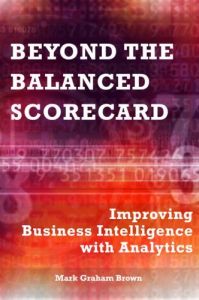
Beyond the Balanced Scorecard
Improving Business Intelligence with Analytics
Recommendation
Many companies can improve their performance by sharpening strategic management tools called “balanced scorecards,” says consultant Mark Graham Brown. He provides analytic refinements in his book and shows you how to build better scorecards. He explains why analytics, or multiple measures of specific operations, are superior to single-point indicators of process improvement. You need management tools that can help you assess the present and guide your way to a successful future. Brown shows you how to create multidimensional analytics that give you a deeper understanding of what you are measuring. He also shows you how to create analytics-based scorecards to manage customer relationships, staff, finance, operations and strategy. One chapter is about building an actionable scorecard that tracks external factors. Most scorecards ignore this area completely, even though external factors can have a huge impact on your company’s success. getAbstract recommends this book to professionals who want to adapt their scorecards to a more analytical approach.
Summary
About the Author
Mark Graham Brown has spent decades helping companies, including Fortune 50 firms, improve their performance. He conducts workshops on measuring performance and is the author of two previous books, Keeping Score and Winning Score.
















Comment on this summary